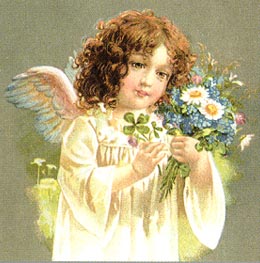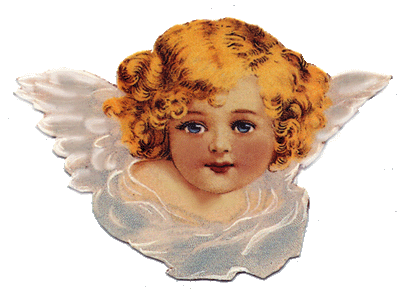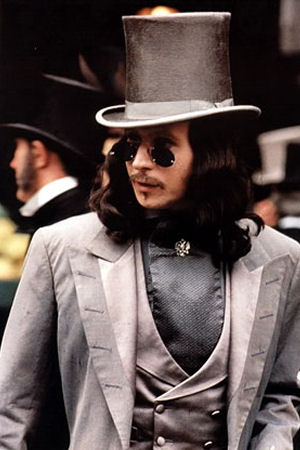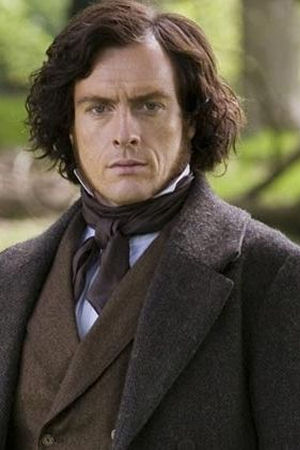Rispondi al commento
Untitled
CHRISTMAS CAROL – CAROLE NATALIZIE
by MarchRose
 A Christmas carol is a carol (song or hymn) whose lyrics are on the theme of Christmas, or the winter season in general.
A Christmas carol is a carol (song or hymn) whose lyrics are on the theme of Christmas, or the winter season in general.
It is not clear whether the word carol derives from the French "carole" or the Latin "carula" meaning a circular dance. In any case the dancing seems to have been abandoned quite early, but some examples are very danceable.
Una carola natalizia è una carola, cioè una canzone, il cui testo è centrato sul tema del Natale, oppure più in generale sull’inverno.
Non è chiaro se la parola “carola” derivi dal francese "carole" oppur dal latino "carula", che significano entrambi “ danza circolare”. In ogni caso, la danza sembra essere stata abbandonata abbastanza presto, ma alcune canzoni sono molto ballabili.
Carols were originally communal songs sung during celebrations like harvest tide as well as Christmas. It was only later, approx. in the thirteenth century, that carols began to be sung in church, and to be specifically associated with Christian festivities.
It is unclear when the first Christmas carols were written but it is believed that they were introduced in to church services by St Francis of Assisi in the 12th century. The period from 1350 to 1550 is their golden age, especially in England: by the 15th century the carol was also considered as art music. During this time elaborate arrangements were made and carols were considered an important contribution to medieval music.
 In origine le carole erano canzoni popolari che venivano cantate dalla gente durante feste come la festa del raccolto, oltre che a Natale. Fu solo più tardi, all’incirca nel 13mo secolo, che le carole iniziarono ad essere cantate in chiesa, e ad essere associate in modo specifico alle celebrazioni del natale.
In origine le carole erano canzoni popolari che venivano cantate dalla gente durante feste come la festa del raccolto, oltre che a Natale. Fu solo più tardi, all’incirca nel 13mo secolo, che le carole iniziarono ad essere cantate in chiesa, e ad essere associate in modo specifico alle celebrazioni del natale.
Non si sa esattamente quando furono scritte le prime carole natalizie, ma si ritiene che il primo a farle eseguire in chiesa fu San Francesco d’Assisi nel 12mo secolo. Il periodo tra il 1350 e 1550 fu il periodo d’oro delle carole, specialmente in Inghilterra: nel 15mo secolo venivano considerate come un genere artistico. In questo periodo ne furono fatti arrangiamenti musicali molto elaborati e divennero una componente importante della musica medievale.
After the Reformation carols declined in popularity in protestant countries but survived in rural communities.
Christmas carols were only fully popularised again during the Victorian era when they again expressed joyful and merry themes in their carol lyrics as opposed to the normal, more sombre, Christian lyrics found in hymns.
Dopo la Riforma, la popolarità delle carole nei paesi di religione protestante andò declinando, ma esse sopravvissero nelle comunità rurali.
Le carole natalizie ridiventarono popolari nella seconda metà dell’Ottocento, durante l’epoca vittoriana, quando ripresero ad essere usate per esprimere gioia ed allegria rispetto ai testi più seri e sobri che si trovano negli inni liturgici.
|
NOEL NOUVELET ( Francia, 16mo secolo ) A beautiful 16th century French carol, in two different arragements, the first only voices, the second voices + instruments: “Noel Nouvelet”- Anuna
“Noel Nouvelet”- Loreena McKennit
|
|
WEXFORD CAROL ( Irlanda, 12mo secolo ) The Wexford Carol (Irish: Carúl Loch Garman) is a traditional religious Irish Christmas carol originating from County Wexford, and specifically, Enniscorthy (whence its name), and dating to the 12th century. The song is sometimes known by its first verse, "Good people all this Christmas time." “The Wexford carol” - Loreena McKennitt "To drive the cold winter away" |
|
COVENTRY CAROL ( Inghilterra, 16mo secolo ) The "Coventry Carol" is a Christmas carol dating from the 16th Century. The author is unknown; the oldest known text was written down by Robert Croo in 1534, and the oldest known printing of the melody dates from 1591. The carol was performed in Coventry as part of a mystery play called The Pageant of the Shearmen and Tailors, which depicts the Christmas story from the Gospel of Matthew. This carol presents the Massacre of the Innocents in Bethlehem. The lyrics of this haunting carol represent a mother's lament for her doomed child. “Coventry Carol” - The Choir of King's College, Cambridge Luly, lulay,* Thou little tiny Child, |
|
THE HOLLY AND THE IVY ( Inghilterra, 15mo secolo ) “The Holly and the Ivy” is an English traditional Christmas carol, which is among the most lightly Christianized carols of the Yuletide. Holly and ivy have been the mainstay of Christmas decoration for church use since at least the fifteenth and sixteenth centuries. This carol is probably related to an older carol: "The Contest of the Ivy and the Holly", a contest between the traditional emblems of woman and man respectively.
The holly and the ivy, when they are both full grown, |
|
GOD REST YE MERRY GENTLEMEN ( tradizionale inglese ) It’s one of the most popular early English carols, probably from the 15th or 16th century, sung for centuries before being published in 1833. It is referred to in Charles Dickens' A Christmas Carol ( 1843 ):
God rest ye merry, gentlemen, let nothing you dismay, |
|
RING OUT THE BELLS FOR CHRISTMAS ( USA, 1907 ) A popular Christmas song recorded in USA in the 1907, recently digitally restored.
Ring out the bells for Christmas, |
Merry Christmas to all of you
Buon Natale a tutte voi














Commenti recenti
7 anni 23 settimane fa
7 anni 23 settimane fa
7 anni 24 settimane fa
7 anni 24 settimane fa
7 anni 24 settimane fa
7 anni 24 settimane fa
7 anni 25 settimane fa
7 anni 25 settimane fa
7 anni 25 settimane fa
7 anni 25 settimane fa